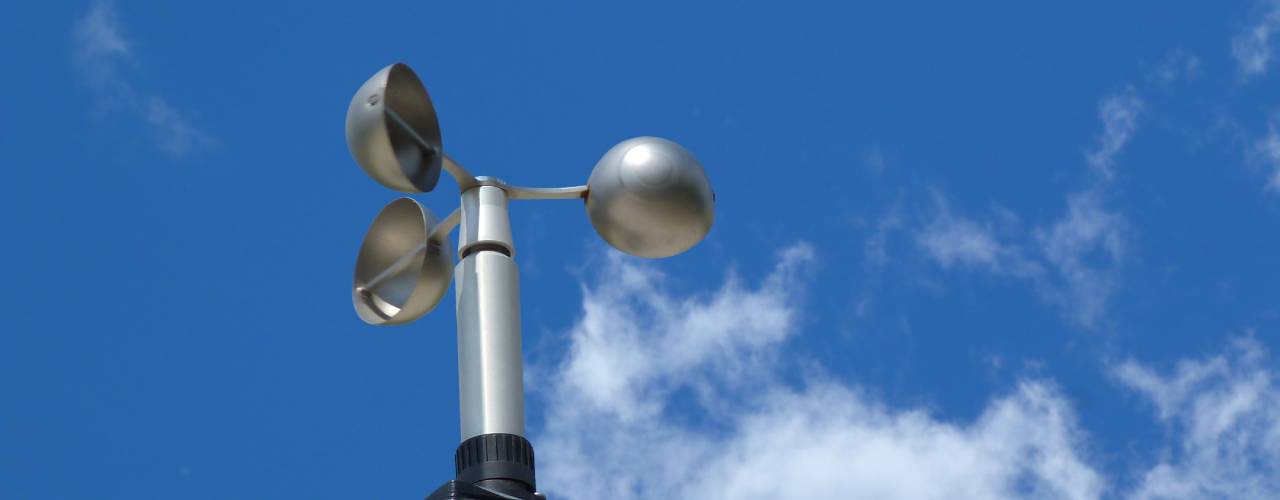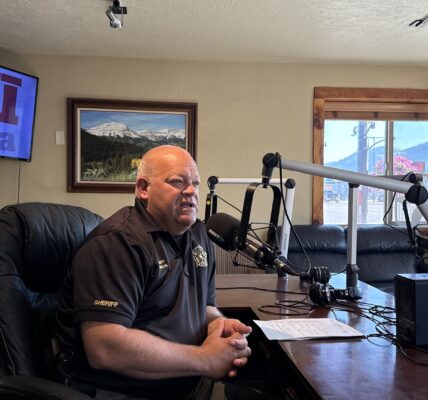Understanding and predicting weather patterns is one of the most engaging and hands-on sciences out there. Having the right tools and equipment is crucial, whether you’re a budding weather enthusiast or a seasoned researcher. Today, we will explain some of the essential tools and equipment for meteorologists and how you can study and track weather patterns with a little bit of knowledge. Learning how to use these tools can make a difference and help you understand how the climate shifts between regions.
Barometers for Checking Pressure
The barometer is one of the oldest and most fundamental tools in a meteorologist’s arsenal. It measures atmospheric pressure, which is vital for predicting weather changes. Low pressure usually indicates stormy weather, while high pressure suggests calm, clear conditions. While most meteorologists now use digital versions instead of traditional mercury barometers, those with an interest in the subject can appreciate the mechanics of the older models.
Environmental Sensor Equipment
Environmental sensors are another critical component of a meteorologist’s toolkit, and meteorology is one of the main industries that utilizes environmental sensors. These devices monitor various atmospheric conditions such as temperature, humidity, and air quality. Modern weather stations have a range of sensors that provide real-time data, enabling more accurate and timely forecasts.
Anemometers for Wind Direction and Speed
You can’t talk about the essential tools and equipment for meteorologists without looking at anemometers. These devices help measure wind direction and speed and come in a range of styles, from simple cup models to sophisticated laser-based devices.
Regardless of the type, their primary function is to measure wind speed accurately. By checking where the wind is coming from and how fast it is, we can record data and check where things are coming from and how the wind can impact other aspects of weather prediction.
Rain Gauges
Rain gauges are essential for measuring precipitation, a key factor in weather forecasting and climate research. These simple yet effective tools collect and measure the amount of rainfall over a specific period. Accurate precipitation data is crucial for understanding weather patterns and predicting events such as floods and droughts.
The right tools and equipment are essential for accurate weather forecasting and climate research in the meteorology field. These essential tools are your gateway to understanding the dynamic world of meteorology, whether you’re a weather enthusiast or a professional researcher.





